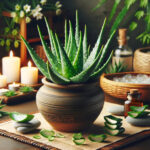Introduction
Let’s embark on an exciting journey to the southern tip of the African continent, as we get acquainted with an exquisite species of succulent that is not only eye-catching but also fascinating. I’m talking about the Aloe africana.
Does the name ring a bell? If not, don’t worry!
Raising the curtain on the Aloe africana, its Latin name might drive you to think it’s straight from a Harry Potter spell book. What’s more fascinating, though, is it’s not just another random succulent. This intriguing species is native to South Africa – a land known for its rich biodiversity.
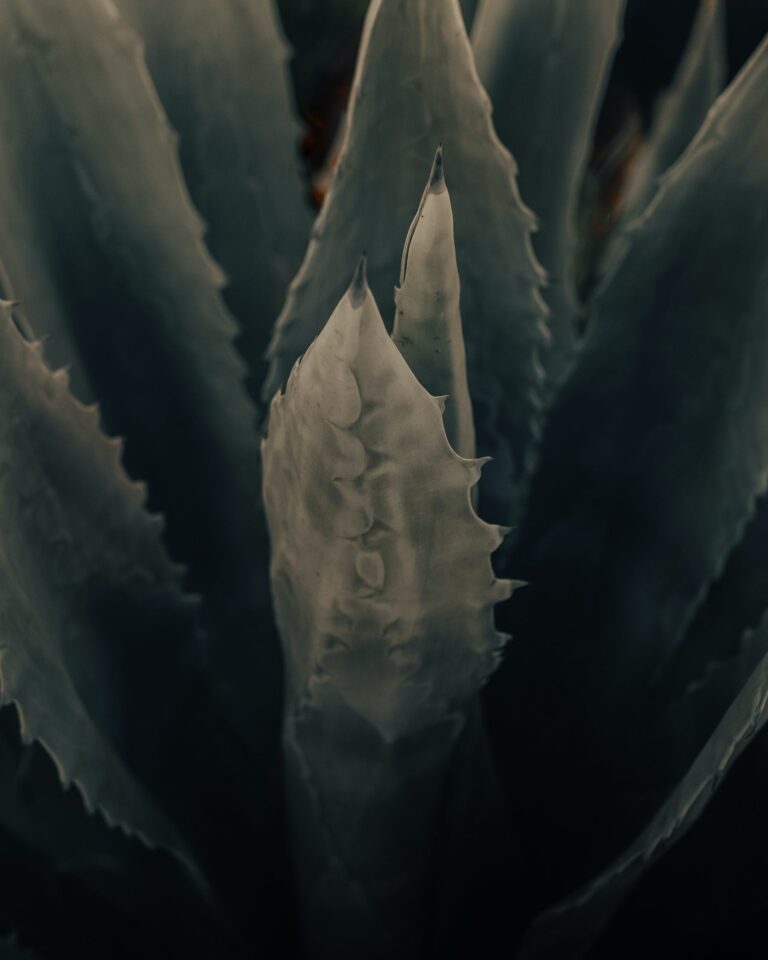
That’s right. Among the diverse South African flora, Aloe africana holds its own, standing tall with its uniquely raw beauty. I bet the image above gives you some idea, doesn’t it? Bright, green, with sharp and elongated leaves, the plant can give any decorative species a run for its money.
So, what’s so special about the Aloe africana anyway, you ask? Well, that’s a question we’ll dive into as we delve deeper into the world of southern Africa’s exotic succulents.
A Closer Look at Aloe africana’s Physical Traits
Recipe for an instant visual treat? Visualize a succulent standing tall with solid, upward shooting stems and crowned with a radiant burst of vibrant flowers. That’s your Aloe africana – a masterpiece of nature that captures the essence of Southern Africa’s botanical richness.
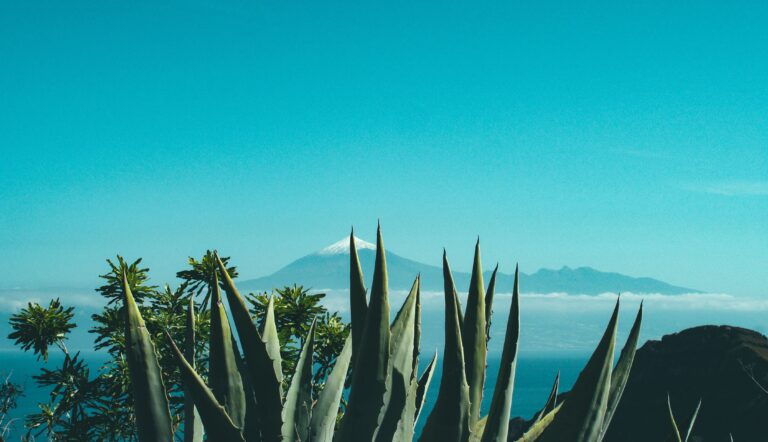
A marvel in the world of succulents, Aloe africana stands out with its distinctive physical characteristics that are a delight to behold and explore. A sense of fascination takes over as you begin to get a real sense of this plant’s size – it can reach a towering height of up to 13 feet! Quite the skyscraper in its natural habitat, wouldn’t you say?
Not Just Another Leaf in the Garden
Take a closer look, and the leaves of this remarkable plant might just surprise you. These aren’t your average green-thumb leaves. No, the leaves of Aloe africana are a mesmerizing grayish-green shade and are typically about 2 feet in length, adding to its commanding presence. Each leaf, spreading outward before curving downwards, tells a unique story of resilience and adaptation in harsh conditions.
A Riot of Colors with Seasonal Changes
When you start inspecting the Aloe africana during different periods of the year or under varying environmental conditions, that’s when the magic really happens. The play of colors and appearances this succulent takes on can feel like you’re looking at an entirely different plant each time. One day, it might stand as a stately green monolith; another day, it might surprise you with a flourish of vibrant flowers shooting from its crown.
Nature sure did go all out when designing the Aloe africana. Never a dull moment with this dynamic succulent, you can bet your green thumbs on that!
Aloe africana: Habitat and Cultivation
If you’re intrigued by unique flora and are always on the lookout for eye-catching additions to your garden, the Aloe africana should definitely be on your list. Known for its remarkable resilience and striking aesthetic appeal, this Southern African beauty is a succulent lover’s dream come true.
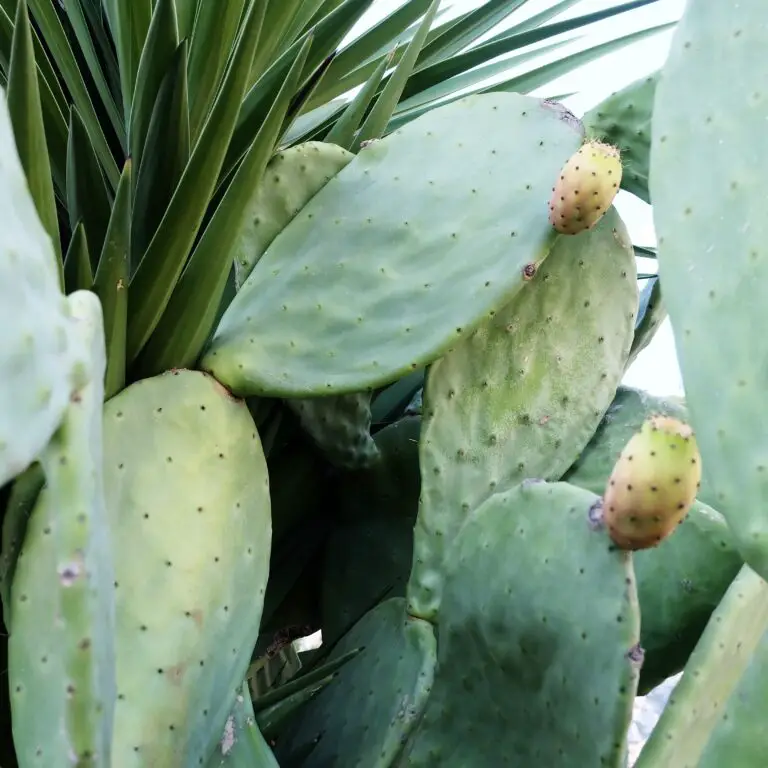
The Natural Habitat of Aloe africana
The Aloe africana, true to its name, hails from the southern regions of Africa, specifically South Africa. It thrives in the Eastern Cape Province, an area known for its rugged terrains and a climate that fluctuates between extremely dry summers and freezing winters. The plant has, over centuries, adapted to these harsh conditions, developing an incredible resilience that enables it to survive when most other plants would wither away.
Optimal Growing Conditions for Aloe africana
What makes the Aloe africana a gardener’s favourite is its capacity to endure a variety of climatic conditions. While it appreciates plenty of sunshine just like any other succulent, it is also tolerant of low temperatures, making it a flexible addition to various garden layouts. Likewise, although it can flourish in dry soils, it doesn’t mind a bit of humidity, showcasing the plant’s adaptability.
Cultivating Aloe africana: Tips and Challenges
While the Aloe africana’s hardy nature makes it a relatively low-maintenance plant, successful cultivation requires understanding its specific needs. Good-quality, well-draining soil is a must, since over-watering or waterlogged roots can cause the plant to rot. Additionally, although the plant tolerates lower temperatures, it’s advisable to bring it indoors or provide some protection during extreme winter spells to avoid frosting. Interestingly, unlike many plants, the Aloe africana tends to bloom more generously when grown in stressful conditions, so don’t worry about pampering it too much!
Where to Grow Aloe africana Outside Africa
With the right care, the Aloe africana can be successfully cultivated outside its native region. Its adaptability makes it suitable for various geographical regions, including some parts of Europe, North America, and Australia. All it needs is plenty of sunlight, a little bit of water, and well-draining soil. It’s always a joy to watch this African beauty add a touch of exotic appeal to landscapes far from its homeland.
Aloe africana’s Medical and Cosmetic Uses
Aloe africana, a distinct member of the succulent family native to Southern Africa, has been utilized for generations for its medicinal and cosmetic benefits. Let’s delve into the ways this plant has shaped historical and modern health practices.
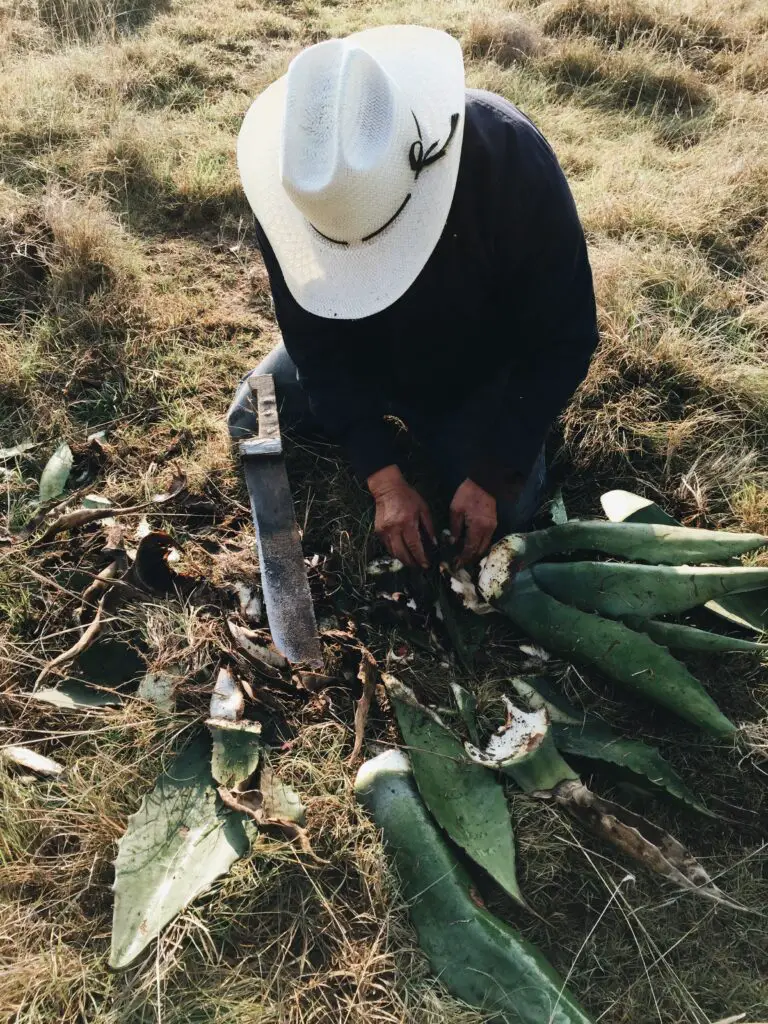
Traditional Applications
Historically, Aloe africana was prevalent in native South African medicinal practices. The leaves were often harvested, sliced open to extract the internal gel, and applied to wounds to promote faster healing. Additionally, the astringent properties found in the succulent were harnessed to help treat skin ailments such as rashes or burns.
Modern Medicinal Uses
Today, science is exploring and validating the therapeutic benefits anecdotal evidence has long suggested. For instance, research indicates that Aloe africana exhibits antimicrobial and antioxidant properties, playing a beneficial role in bolstering the immune system.
Charming the Cosmetic Industry
The cosmetic industry has not remained immune to the allure of Aloe africana. The succulent’s hydrating properties make it a popular ingredient in a plethora of skincare products. From sunscreens to soothing gels, the Aloe africana’s hydrating and gentle features have proven beneficial in promoting skin’s vivacity.
Benefits with Precautions
While Aloe africana proffers numerous potential health benefits, it is essential to be cognizant of the precautions when potentizing its use. For example, while the gel is often safe, the latex—a component sandwiched between the outer leaf and inner leaf gel—can pose health risks if ingested. Therefore, professional guidance is advised when using this succulent medicinally.
Economic and Ecological Impact of Aloe africana
Within the rich, biodiverse ecosystems of Southern Africa thrives the Aloe africana. Known as the Uitenhage aloe, this succulent beauty is not just visually stunning; it has evolved to become a significant player in the region’s economy and ecology. Let’s delve into the intriguing journey of this succulent as it interplays with various facets of life in Southern Africa.
On the economic front, Aloe africana plays a crucial role in local agriculture and industry. Vigorous and hardy, it has adapted to survive harsh conditions, hence becoming an ideal plant for cultivating in challenging terrains. This attribute makes it a valuable asset in agriculture. Farmers in the region have embraced its cultivation, tapping into the burgeoning global market for aloe-based products. From skincare goods to health supplements, Aloe africana has found its way into various products, significantly boosting local economies.

Beyond agriculture, Aloe africana’s industrial potential is immense. As a raw material, it is a key ingredient in the production of aloe gel, a versatile product in high demand across various industries. Manufacturing companies have recognized its potential, leading to substantial investment in aloe gel production facilities in the region. This has contributed to job creation and overall economic growth, clearly demonstrating the economic power of this singular plant.
Switching gears to its ecological impact, the Aloe africana is a sterling example of biodiversity. Its presence signifies a healthy ecosystem, playing a crucial role in maintaining the ecological balance of its habitat. From providing food and shelter for various animal species to preventing soil erosion with its sturdy root system, the impacts of Aloe africana on ecosystem health are significant.
A part of its ecological charm lies in the plant’s penchant for attracting pollinators. Bees, birds, and insects are drawn to the Aloe africana, enhancing the pollination of other plants in the vicinity. This interaction proves valuable for preserving biodiversity, as well-cultivated plant communities form the backbone of robust ecosystems.
This remarkable plant’s significance is unmistakably apparent when one assesses its economic and ecological contribution. If you’re intrigued to learn more about the Aloe africana and its impact, we recommend this educational resource.
Frequently Asked Questions about Aloe africana
If you’re into succulents, you’ve likely heard of the beautiful and hardy Aloe africana. Like most succulents, these South African natives require particularly distinct care to thrive. Let’s dive in and get your most burning Aloe africana questions answered.
How should Aloe africana be Propagated?
Propagation of Aloe africana, like many other succulents, is a straightforward process. You can easily propagate this plant from its seeds or offsets. When an Aloe africana plant matures, it spontaneously produces small plants around its base. These “baby plants” known as offsets or “pups,” are entirely independent plants that you can separate from the mother plant and transplant into their pots – a real-life example of multiplication in the plant world!
Warning Signs of an Unhealthy Aloe africana
Keeping an eye on your plant’s health is vital for successful gardening. Your Aloe africana sends a few distress signals when it’s not in optimal health. Yellowing of leaves may be a sign of overwatering, and shriveled, brown leaves often signify dehydration. The trick lies in maintaining a just-right watering balance, proving the old adage that sometimes less is truly more!
Aloe africana in Cosmeceutical and Pharmaceutical Use
The potential of Aloe africana in cosmeceutical and pharmaceutical uses is genuinely remarkable. This succulent isn’t merely a pretty face; it packs a punch in terms of health benefits too. With bioactive compounds like anthraquinones and polysaccharides, Aloe africana is believed to have antimicrobial and anti-inflammatory attributes. In layman’s terms, this powerful plant can help fight bugs and soothe inflammations – nature’s own first-aid kit.
Discovering the incredible world of Aloe africana is like unlocking a secret garden of Southern Africa. With its strength, resilience, and myriad uses, it’s no wonder this succulent beauty is loved by horticulturalists and homeowners alike. But remember, like most good things in life, Aloe africana requires moderate care and a lot of love!

